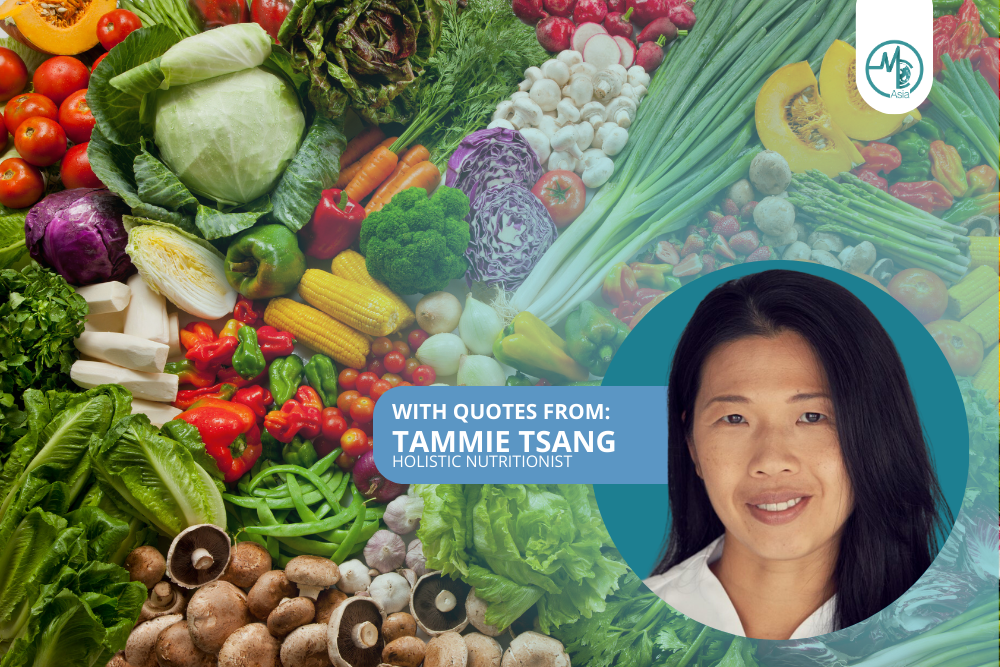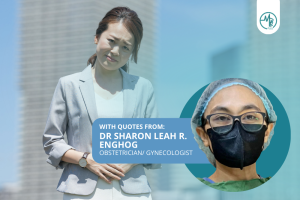A deep-dive into the raw vegan diet: where science meets nutrition.
The raw vegan diet, a subset of the broader vegan movement, emphasises the consumption of plant-based foods in their natural, uncooked state. Supporters argue that such a diet retains the essential nutrients often lost during cooking, promoting optimal health. Yet, as with any diet, it’s essential to look beyond the surface and explore its broader implications.
What is a Raw Vegan Diet?
The raw vegan diet emphasises eating unprocessed, whole plant-based foods that people don’t heat above temperatures typically ranging from 104°F (40°C) to 118°F (48°C). Advocates believe that cooking can eliminate essential nutrients and enzymes from food. They claim that eating raw foods can boost energy, improve skin clarity, and aid in weight loss.
Core Principles of the Raw Vegan Diet
- No Animal Products: Just like traditional veganism, the raw vegan diet excludes all animal products. This means no meat, dairy, eggs, or any other animal-derived ingredients.
- Unprocessed Foods: Foods should be consumed in their most natural state, avoiding any additives or preservatives.
- Low-Heat Preparation: While some raw vegans are strict about avoiding any heated food, others might use techniques such as soaking, blending, dehydrating, and fermenting to prepare their meals.
The Science Behind the Benefits of a Raw Vegan Diet
The raw vegan diet has surged in popularity over the years, and many of its proponents rave about its health benefits. While trends come and go in the health and wellness sphere, there’s compelling science behind some claims associated with this diet. Let’s delve deeper into the raw vegan diet’s touted benefits.
- Maximising Nutrient and Antioxidant Intake
One of the cornerstone beliefs of the raw food movement is that consuming foods in their natural, uncooked state preserves more of their nutrients.
And science backs this up to some extent. For instance, vitamin C, which is abundant in many fruits and vegetables, is known for its sensitivity to elements like heat, light, and air. When you cook foods rich in this vitamin, especially through boiling, a significant portion can be lost1. Similarly, B vitamins, crucial for energy production and maintaining our nervous system, can also degrade with heat.
- Promoting Digestive Health
Switching to a diet filled with raw fruits and vegetables means you’ll be getting a healthy dose of dietary fibre. Why is this beneficial? For starters, fibre is a boon for our digestive systems. It adds bulk to our stool, promoting regularity and aiding in healthy bowel movements. But that’s not all – there’s also evidence that fibre nurtures a healthy gut microbiota, which has wide-reaching benefits for overall gut health.
Tammie Tsang N.C., Certified Holistic Nutritionist, stated that “One of the benefits of raw whole foods is it comes with a full nutrient profile, including the enzymes needed to digest this very food. At a time when so much of our food is processed, eating more raw enzymatic foods can really help to boost and fire up digestive strength.”
Potential Shortcomings of a Raw Vegan Diet
As with any dietary regimen, the raw vegan diet has its devoted followers who laud its benefits. While there’s evidence supporting some of these claims, it’s essential to view this diet holistically, considering potential drawbacks. Here, we’ll explore the less-discussed side of the raw vegan approach.
-
Risk of Nutrient Deficiencies
While the raw vegan diet can be rich in specific nutrients, it also presents potential pitfalls in terms of essential nutrient intake:
- Vitamin B12:Animal products primarily provide this crucial vitamin, essential for nerve function and red blood cell formation. A raw vegan diet can, therefore, lead to B12 deficiency if not supplemented.
- Protein: While there are plant-based protein sources, raw vegans might struggle to meet their daily protein requirements without consuming certain cooked legumes or fortified products.
-
Presence of Natural Toxins
Some foods, when consumed raw, contain natural toxins or anti-nutrients which can be harmful or inhibit the absorption of nutrients:
- Lectins: Found in beans and legumes, these can be toxic when ingested in their raw form.
- Phytic Acid: Found in seeds, grains, and nuts, phytic acid can inhibit the absorption of minerals like iron and zinc.
-
Reduced Bioavailability of Certain Nutrients
Cooking can actually increase the bioavailability of certain nutrients, making them easier for our bodies to absorb:
- Lycopene: This antioxidant, found in tomatoes, is more accessible for our bodies to use when the tomatoes are cooked.
- Starches: Cooking breaks down complex starches, making them more digestible and increasing the energy our bodies can extract from them.
-
Potential for Bacterial Contamination
Raw foods, especially when not adequately cleaned, can be a source of foodborne illnesses due to bacterial contamination. Tsang added, “Harmful bacterial consumption is often caused by the handling of the food. Or if the food was sprayed with contaminated water in the many stops it makes before reaching your home. So be sure to wash the fruits and vegetables thoroughly before consumption.”
Broadening the Horizon: Alternatives and Middle Ground
While the raw vegan diet has its merits, it’s not the only pathway to health. Therefore, many nutritionists advocate for a balanced approach, incorporating both cooked and raw plant-based foods into one’s regimen.
It’s evident that the raw vegan diet offers several health benefits, from nutrient-rich foods to potential weight management. However, like any dietary approach, it’s crucial to be aware of its limitations and ensure a balanced, well-researched approach to nutrition.
In conclusion, the raw vegan diet, like all dietary approaches, comes with its set of advantages and challenges. Interested individuals should inform themselves about both the benefits and potential shortcomings. As always, consulting with a healthcare or nutritional professional when considering significant dietary changes is advisable.
Disclaimer: The information provided in this article is for educational purposes only, and should not be considered medical advice. Please consult with a healthcare professional for more personalised guidance and various treatment options that may be available to you.
References
- Health effects of vegan diets – PubMed. (2009, May 1). PubMed. https://doi.org/10.3945/ajcn.2009.26736N
- Rickman, J. C., Barrett, D. M., & Bruhn, C. M. (2007). Nutritional comparison of fresh, frozen and canned fruits and vegetables. Part 1. Vitamins C and B and phenolic compounds. Journal of the Science of Food and Agriculture, 87(6), 930–944. https://doi.org/10.1002/jsfa.2825
- Health benefits and risks of plant proteins – PubMed. (2005, January 1). PubMed. https://pubmed.ncbi.nlm.nih.gov/16201743/
- Comparison of nutritional quality of the vegan, vegetarian, semi-vegetarian, pesco-vegetarian and omnivorous diet – PubMed. (2014, March 24). PubMed. https://doi.org/10.3390/nu6031318
- Role of the gut microbiota in nutrition and health – PubMed. (2018, June 13). PubMed. https://doi.org/10.1136/bmj.k2179
- Position of the American Dietetic Association: health implications of dietary fiber – PubMed. (2008, October 1). PubMed. https://doi.org/10.1016/j.jada.2008.08.007














